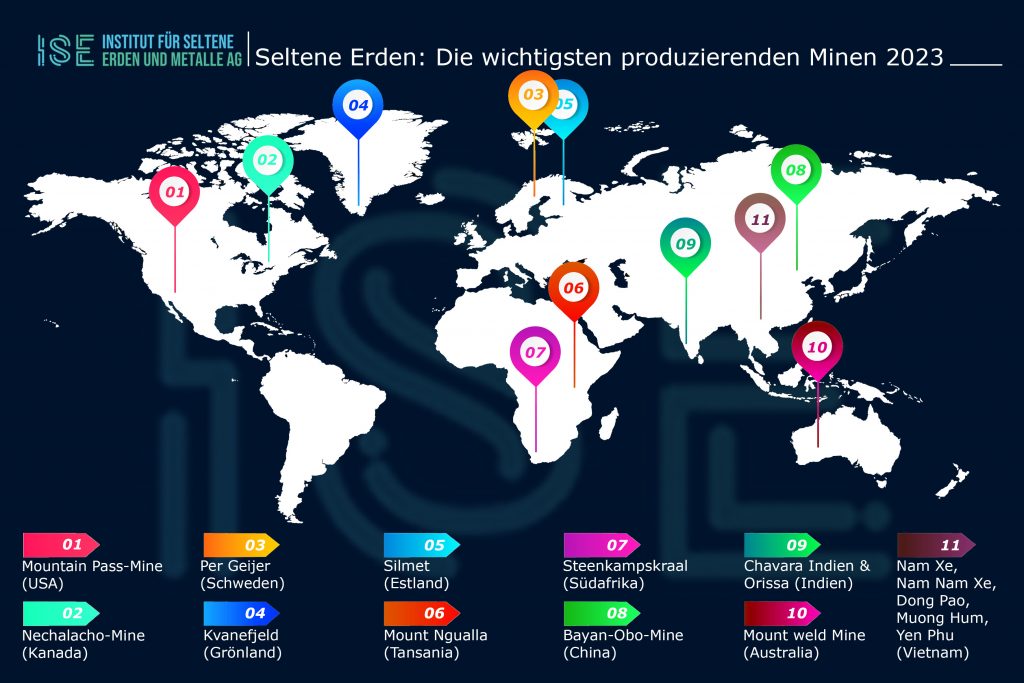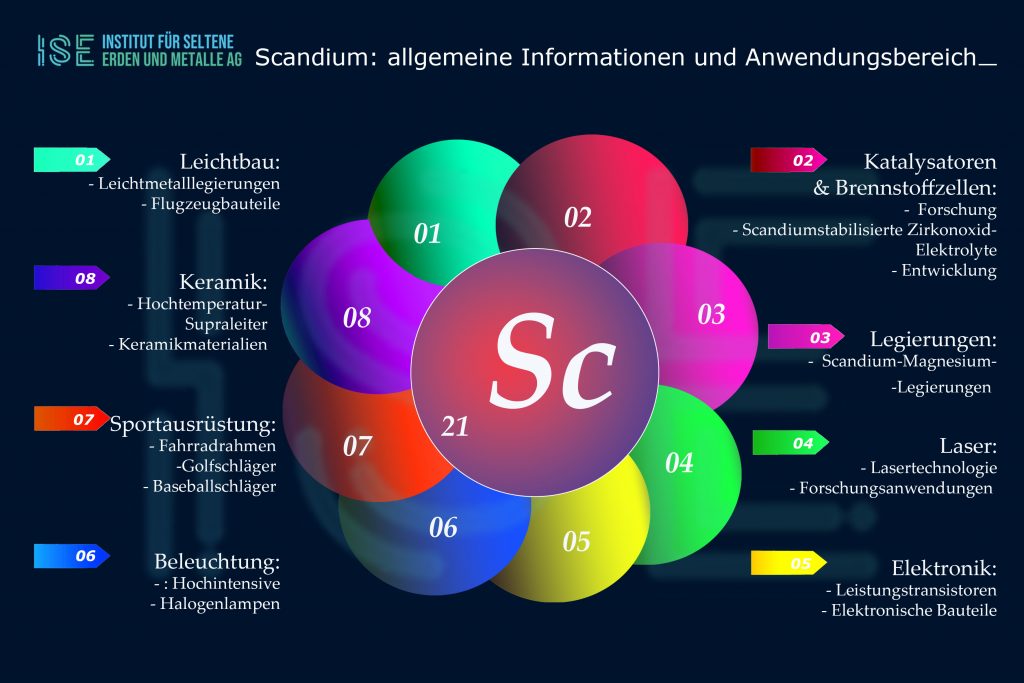China: Nomads from Inner Mongolia protest against land grabbing and environmental destruction - Memorandum documented: The mining of rare earths endangers Mongolian nomads in China.
China's nomads in Inner Mongolia are acutely threatened by land grabbing and the consequences of mining. "If the German economy celebrates the release of rare earths recently decided by China, then this is understandable. But for the nomads in Inner Mongolia, this means the end because they suffer massively from the consequences of mining, "reported the GfbV Asia consultant Ulrich Delius on Thursday in Göttingen in presenting an 25-sided memorandum on the consequences of mining for the Nomads in Inner Mongolia. For nine days, more than 70 nomads from Inner Mongolia have been demonstrating in the Chinese capital against land grabbing, forced relocation and inadequate compensation payments.
"The Mongolian nomads are suffering from the catastrophic ecological consequences of mining rare earths and coal and therefore have to contend with threatening health problems," said Delius. "Many who live near mines suffer from cancer or osteoporosis or have a tooth loss." The human rights activist warned, "The Mongols must not be the victims of our industrial growth. Urgent Mongolians must be better integrated in the planning of the mining industry, wastewater disposed of better and air pollution reduced. "
The Bayan Obo Mine in Inner Mongolia is considered the world's most important quarry of rare earths. To extract the minerals, large amounts of acids are used and highly radioactive thorium is released. One of the biggest environmental problems is the sewage sludge produced during mining. It is dammed in huge sedimentation basins, from which constantly poisonous substances seep into the soil and groundwater and flow into nearby waters like the Yellow River. Mongolian residents of surrounding villages are also acutely endangered by toxic dust created by the evaporation of liquid in settling tanks.
The People's Republic covers around 90 percent of the world's rare earth needs. They are needed in the high technology industry, for example for the construction of smartphones, LED screens, wind turbines and solar panels. The largest deposits of rare earths and mines are in Inner Mongolia. China lifted 2015 export restrictions on rare earths in early January after the World Trade Organization (WTO) voted in favor of releasing minerals exports.
Inner Mongolia is home to around 24 millions of people. Due to a massive policy of settlement by Han Chinese, the Mongols now only make up a minority with 17 percent of the population. More than two million Mongolian nomads have been forcibly relocated since 2001.
Press release of:
Society for Threatened Peoples
PO Box 2024
37010 Göttingen
Source: http://www.china-observer.de/index.php/2015/01/25/china-abbau-seltener-erden-gefahrdet-nomaden/







